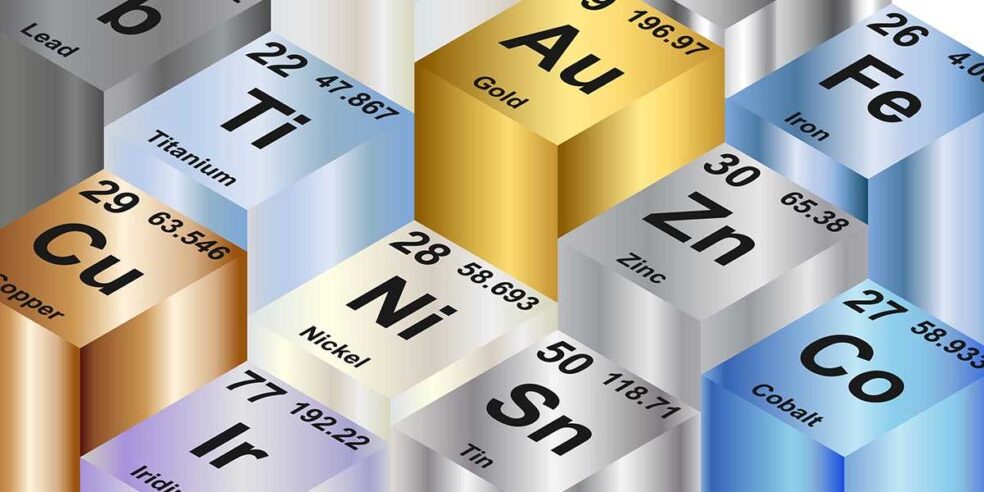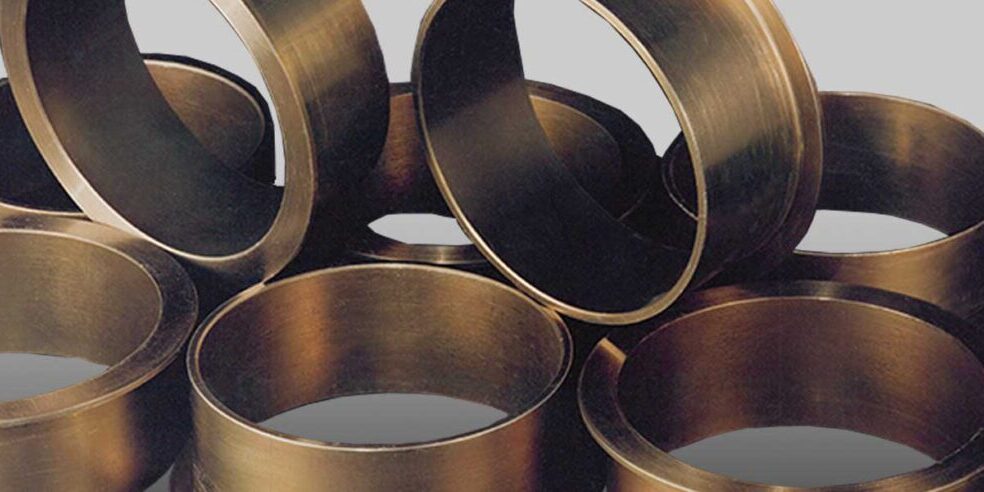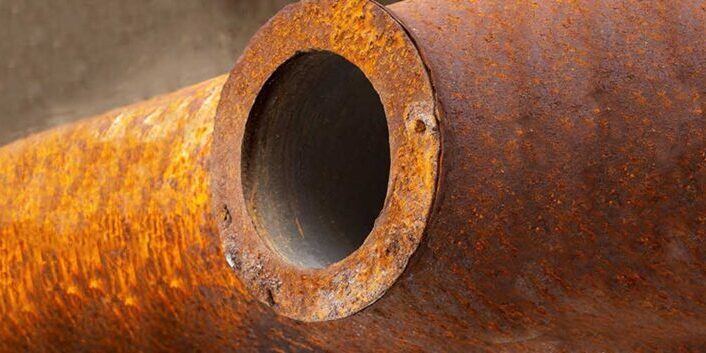Blog What Is Non-Ferrous Metal? What are Non-Ferrous metals?
By: Dave Olsen
Non-ferrous metals or alloys are defined as materials that are not iron-based like their ferrous counterparts. Common non-ferrous metals include copper, aluminum and lead. Ferrous metals contain iron making most of these metals have a magnetic property. Non-ferrous metals are found in the Earth as chemical compounds. The most essential non-ferrous metals happen to be oxides or sulfides.
Is Copper Ferrous?
One of the more common groups of non-ferrous metals is copper-based alloys such as bronze and brass. While it is common to use brass and bronze interchangeably, there is a difference.
What is brass? Brasses are copper-based alloys that have zinc as the principal alloying element. In some cases, small amounts of nickel, aluminum, iron, or silicon may be also present. A good example is C85500 (also known as “60-40 yellow brass”). This alloy contains up to 63% copper, 0.8% aluminum, and around 40% zinc. Since the zinc content is high, the material is classified as brass.
Bronzes are copper-based alloys where the major alloying element is not zinc or nickel. The term bronze is used with a preceding modifier that describes the bronze type, by indicating the major alloying element(s). For example, MTEK 83-7-7-3/C93200 is a high lead-tin bronze because it contains 7% tin and 7% lead in addition to 83% copper and 3% zinc. Also, MTEK 175/C95400 is called an aluminum bronze because it is made up of 11% aluminum in addition to 85% copper and 4% iron.
Common bronze families or alloy groups are:
Since these materials contain bronze, it makes them non-ferrous alloys. The non-ferrous copper-based alloys are noted for numerous unique abilities. That includes resistance to rust, resistance to corrosion, good mechanical strength, frictional and wear properties, bio-fouling resistance, and high electrical and thermal conductivity.
We have come a long way in the 5,000 years since the beginning of the bronze age, but a unique combination of properties and values make copper-based alloys an essential family of materials to this day.
To learn more about specific types of bronzes, check out our article here.



